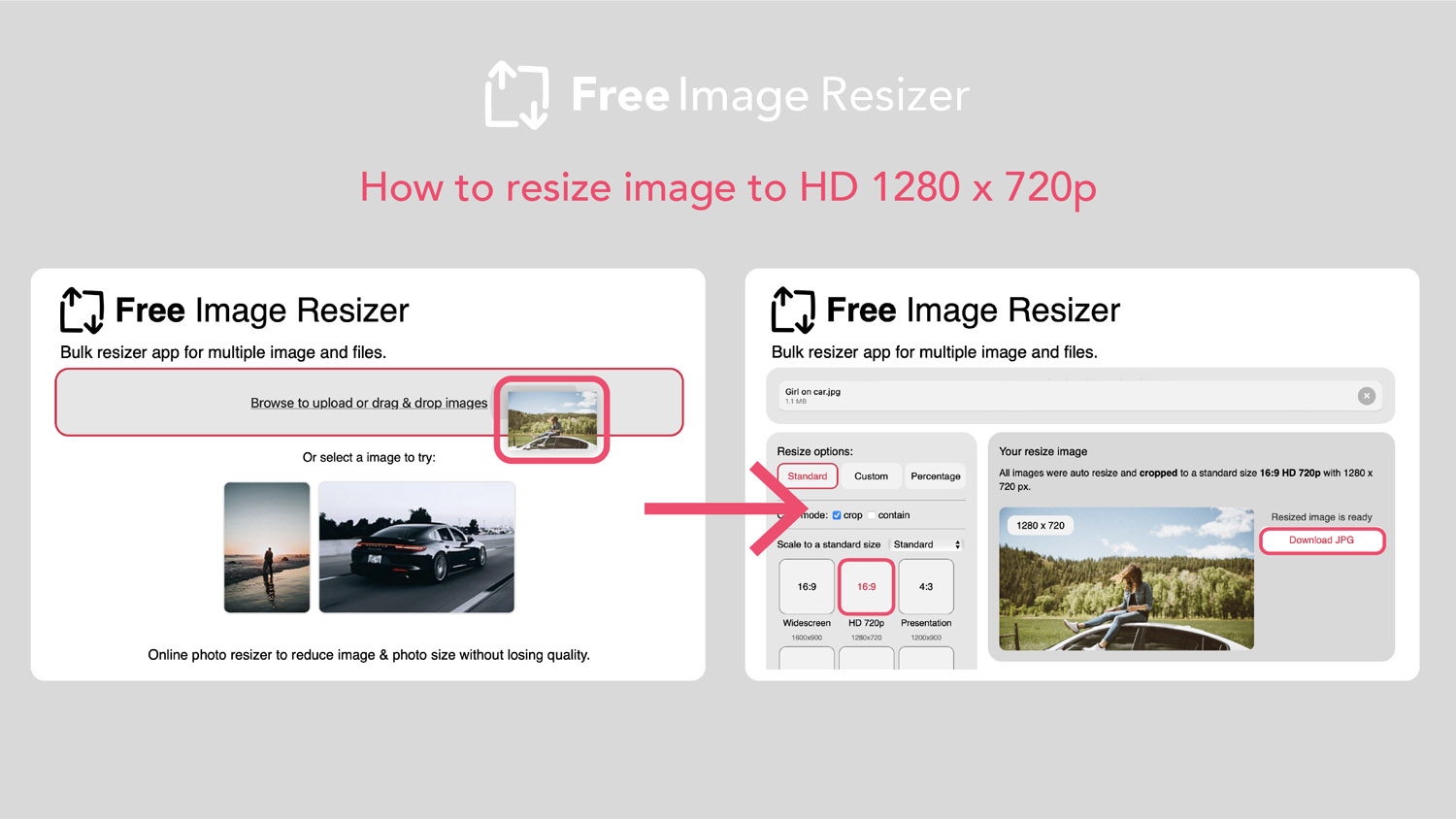Photography as a Storytelling Medium
Photography as a Storytelling Medium
Blog Article

Visual storytelling has become an integral part of how we communicate and share experiences in the digital age. With advancements in technology and the rise of various platforms, a plethora of visual storytelling mediums have emerged, each offering unique ways to engage audiences. From traditional forms like photography and film to modern digital formats such as interactive graphics and virtual reality, these mediums allow creators to convey narratives that resonate on both emotional and intellectual levels. This article will explore some of the popular visual storytelling mediums and their impact on the way stories are told.
Photography as a Storytelling Medium
Photography is one of the oldest and most potent forms of visual storytelling. A single photograph can capture a moment in time, conveying feelings and narratives without the need for words. Photographers often use composition, lighting, and color to evoke emotions and tell a story. For instance, a photograph of a bustling city street can communicate the vibrancy of urban life, while a solitary image of an abandoned building can evoke feelings of nostalgia and loss. In this way, photography serves as a powerful medium for storytelling, allowing viewers to interpret and engage with the narrative on a personal level.
Film and Video: The Dynamic Duo
Film and video have transformed the landscape of storytelling, offering a dynamic way to incorporate visuals, sound, and movement. These mediums allow for complex narratives that can develop over time, engaging audiences through character development, dialogue, and visual effects. The ability to combine audio and visual elements creates an immersive experience that can transport viewers to different worlds. Whether it's a short film, a documentary, or a feature-length movie, the storytelling possibilities are virtually limitless. Additionally, platforms like YouTube and Vimeo have democratized film production, enabling aspiring filmmakers to share their stories with a global audience.
Interactive Graphics and Infographics
In the age of information overload, interactive graphics and infographics have emerged as effective visual storytelling mediums. These tools condense complex data into easily digestible visual formats, allowing audiences to engage with the information actively. Infographics can illustrate statistics, timelines, or processes, making them accessible and memorable. Interactive graphics, on the other hand, enable users to explore information at their own pace, encouraging deeper engagement. By combining visuals with interactivity, these mediums can tell stories that are informative, engaging, and thought-provoking.
Virtual Reality and Augmented Reality
As technology continues to evolve, virtual reality (VR) and augmented reality (AR) have opened new frontiers for visual storytelling. VR immerses users in a completely virtual environment, allowing them to experience narratives from a first-person perspective. This level of immersion can create profound emotional connections to the story. AR, on the other hand, overlays digital information onto the real world, enhancing our understanding and interaction with our surroundings. Both VR and AR offer innovative ways for creators to engage audiences, making storytelling a more interactive and experiential process.
Conclusion
Visual storytelling mediums play a crucial role in how we communicate and share experiences in today’s world. Each medium—whether it be photography, film, interactive graphics, or immersive technologies like VR and AR—offers unique advantages and ways of connecting with audiences. As creators continue to explore these mediums, the potential for innovative storytelling will only grow. By leveraging Visual storytelling mediums, storytellers can evoke emotions, provoke thought, and inspire action in ways that resonate long after the story is told.
Report this page